Now Large Hydro Power Plants are Renewable Power Source in India
Ahead of elections, the Indian Cabinet has given relief to large hydropower projects, Coal power plants, Sugar sector.
 Last innings before the polls
Last innings before the polls
In a widely anticipated if regressive decision in the eyes of some, the Indian government last week approved a slew of measures including providing renewable energy status for large hydel projects which also include new funding provisions. With a chequered record in India, and increasingly, the world, large Hydro projects are increasingly being seen as unnecessary, hence the government move is a bit of a surprise.
Earlier, hydro projects up to 25 MW capacity were considered as renewables and were eligible for various incentives like financial assistance and cheaper credit. With the government’s decision, hydro projects above 25 MW can also avail the benefits.
Details of the notification:
- Large Hydropower Projects declared as Renewable Energy source (as per existing practice, only hydropower projects less than 25MW are categorized as Renewable Energy).
- HPO as a separate entity within non-solar Renewable Purchase Obligation to cover LHPs commissioned after notification of these measures (SHPs are already covered under Non-Solar Renewable Purchase Obligation). The trajectory of annual HPO targets will be notified by Ministry of Power based on the projected capacity addition plans in hydropower sector. Necessary amendments will be introduced in the Tariff Policy and Tariff Regulations to operationalize HPO.
- Tariff rationalization measures including providing flexibility to the developers to determine tariff by backloading of tariff after increasing project life to 40 years, increasing debt repayment period to 18 years and introducing escalating tariff of 2%;
- Budgetary support for funding flood moderation component of hydropower projects on case to case basis; and
- Budgetary support for funding cost of enabling infrastructure i.e. roads and bridges on case to case basis as per actual, limited to Rs. 1.5 crore per MW for upto 200 MW projects and Rs. 1.0 crore per MW for above 200 MW projects.
“Union Cabinet approves a slew of measures to promote hydropower sector,” an official statement said. For almost a decade the Hydropower sector has been devoid of investment. With this decision, the Cabinet Committee on Economic Affairs, or CCEA has paved the way for adding hydro capacities of about 45 GW to the renewable energy basket of existing 74 GW which includes solar, wind and small hydro.
India which is the 7th largest producer of hydroelectric power in the world, is aiming 175 GW of renewable energy by 2022. With the addition of large hydro to clean energy segment, the country plans to have 225 GW of renewable energy by 2022.
With the new measures, large hydro projects (LHPs) would be allowed backloading (reducing) of tariff after increasing project life to 40 years, increasing debt repayment period to 18 years and introducing escalating tariff of 2 percent.
At present, hydropower tariff is expensive than other sources. These measures reportedly would help rationalize the tariff by hydropower projects. Also, LHPs would now be able to sell renewable energy certificates under non-solar Renewable Purchase Obligation (RPO) to discoms.
Discoms are required to either purchase a specified proportion of renewable energy or buy renewable energy certificates in lieu of that. After notification of these measure, the Hydro Purchase Obligation (HPO) as a separate system within non-solar RPO will cover LHPs. Small hydro projects are already covered under non-solar RPO.
Sugar mills and Ethanol
Further, a proposal to extend additional subsidised loans of Rs 12,900 crore to sugar mills and another Rs 2,600 crore to other ethanol producers to expand their capacity and diversify away from sugar. The decisions to offer an interest subsidy of up to 6% will cost the government Rs 3,355 crore, over and above the Rs 1,339 crore initially approved under the scheme last year.
As for the incentive under the revised ethanol scheme, cheaper loans will be offered to a maximum of 154 more sugar units belonging to various companies on top of the 114 units that have already been selected to avail of such loans worth Rs 6,139 crore. For the first time, standalone ethanol production units, which typically source excess molasses from sugar mills to manufacture the bio-fuel, are proposed to be covered by the scheme and they will avail of loans worth Rs 2,600 crore. The government will offer the interest subsidy for five years, within which the loans have to be repaid by mills.
However, as has been pointed out repeatedly, unless the Centre and the states stop fixing cane prices at exorbitantly high levels, no such package can prevent the recurrence of massive cane arrears year after year.
Electric Vehicles
To promote the electric vehicles industry, Cabinet also gave nod for setting up of integrated battery and cell manufacturing Giga plants in India under a phased manufacturing programme (PMP) valid for 5 years till 2024.
More Big Power projects
Also, the government has cleared projects and schemes totalling Rs 31,000 crore to boost investment in the languishing power sector. The CCEA approved two thermal power and two hydropower projects, a hydropower scheme and a revival scheme for stressed assets, probably the last Cabinet meeting before the Lok Sabha elections.
These include: 1320 MW Khurja Super Thermal Power Project in Uttar Pradesh, 1320 MW Buxar Thermal Power Project in Bihar, Teesta Stage-VI HE Project (4×125 mw) in Sikkim, Kiru Hydro Electric Project (4 X 156 MW) in J&K.
The decisions on thermal power projects include grant of coal linkage for short-term PPAs, increase in quantity of coal for special forward e-auction for power sector, allowing existing coal linkage to be used in case of termination of PPAs due to payment default by discoms and procurement of bulk power by a nodal agency against pre-declared linkages. The steps taken by the CCEA would benefit various stressed power projects of Adani, GVK, GMR, Jaypee and Essar groups, among others.
It is noteworthy that around 10 GW generation assets with debts of over Rs 34,600 crore are already before the tribunals, a large chunk of the remaining stressed lot is also set to take the insolvency route.

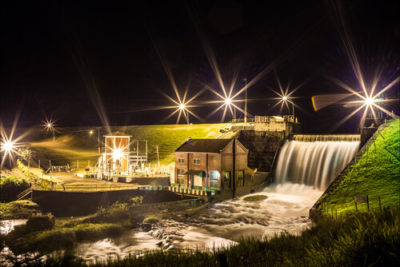
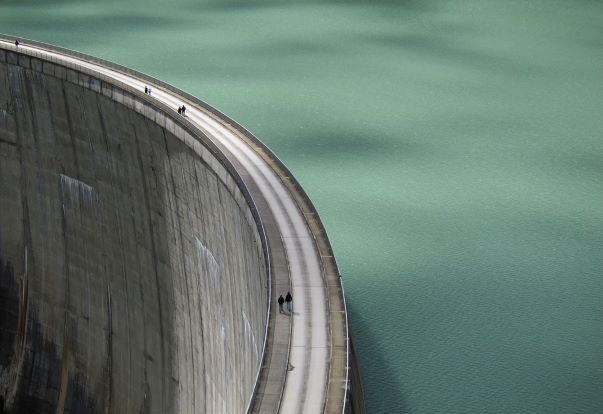
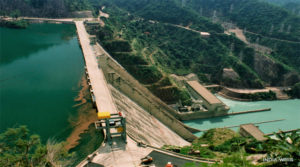
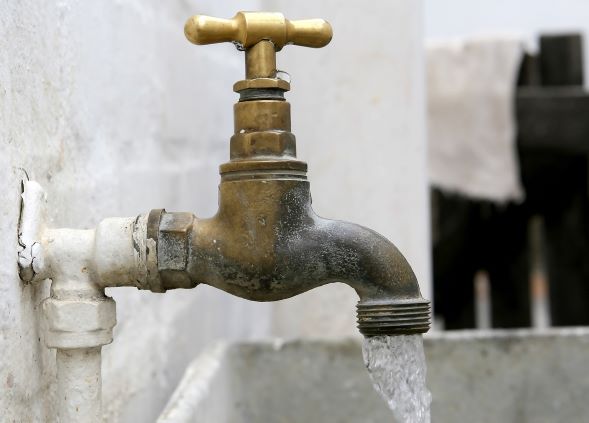
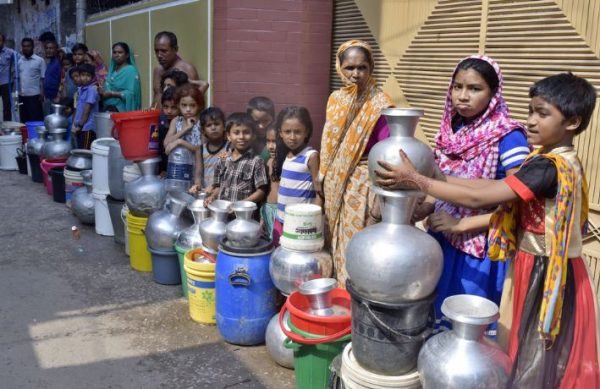
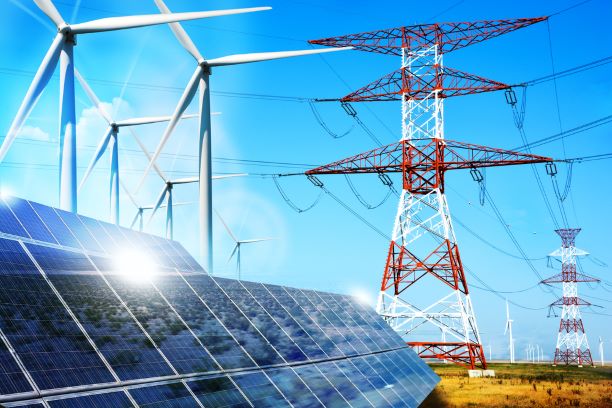
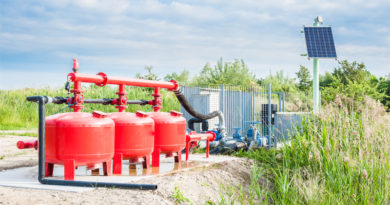

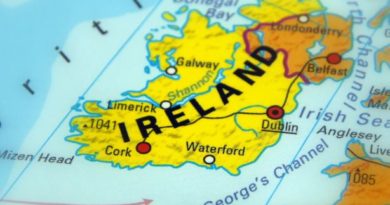

hydro-power systems are less then 16% efficient
https://www.youtube.com/watch?v=1BAoQ66WP4E